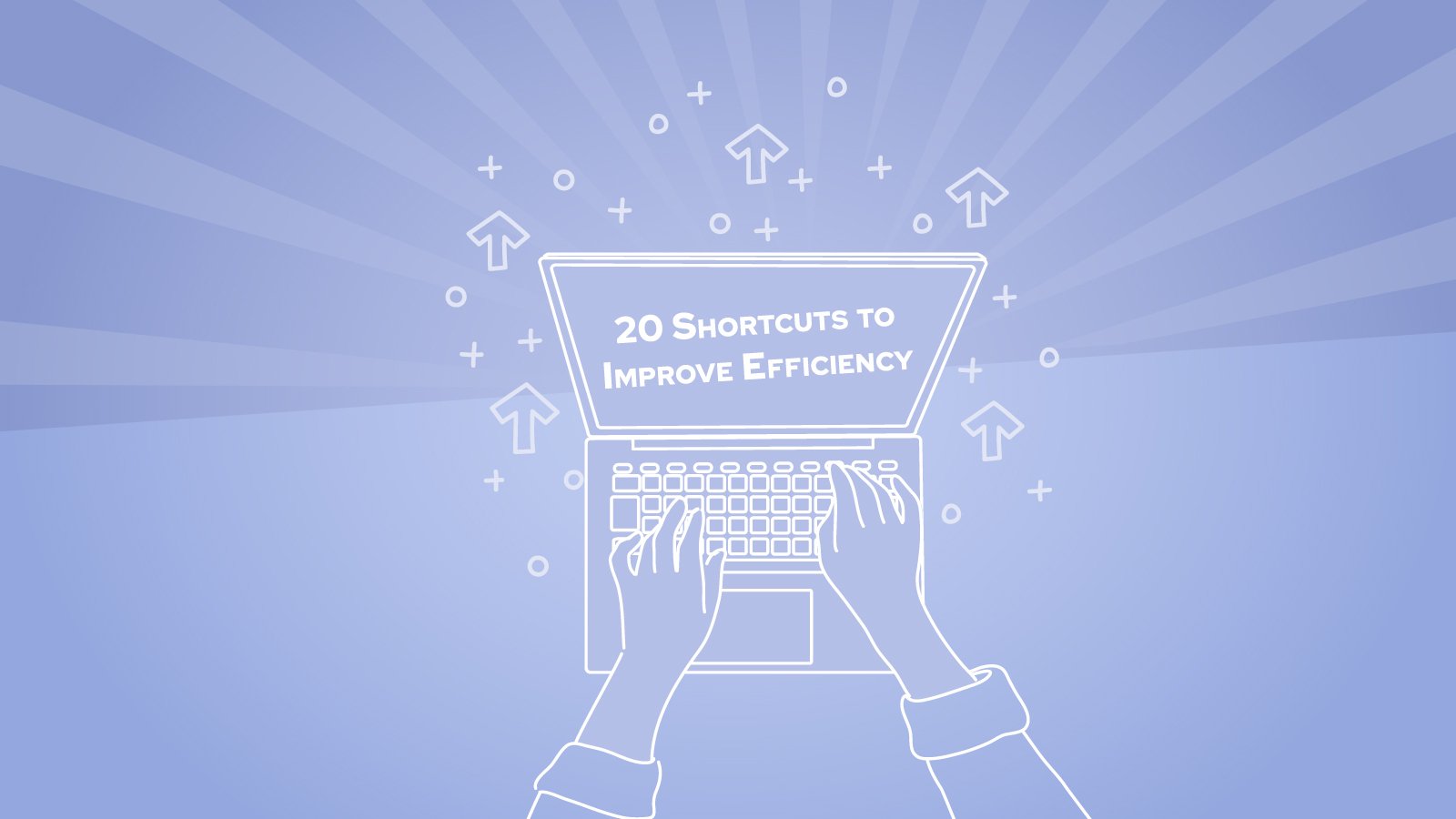And, car manufacturers expressed their concerns around investments for the automotive sector, with some announcing they’re at risk of closing UK production sites.
Whilst it’s certain Brexit will have an impact on the manufacturing industry, it’s crucial for sector leaders to realise that within upheaval there is always opportunity.
Marketing tactics to boost customer confidence
As financial issues hit, and confidence decreases, marketing is often the first business service to be cut. But, what is overlooked is the power of marketing during times of uncertainty, to help boost customer purchasing.
We’ve listed out some key advice below.
-
Humanise your organisation
If you’re facing negativity - whether that’s from suppliers, employees, customers or the industry itself - don’t hide away from it. Instead, address it directly, and be honest and transparent.
In order to build a good customer relationship your business needs a reliable support team. In addition, if you’re facing negativity in the media, it’s crucial to have your internal communications singing from the same hymn sheet and sending out the same key messages.
-
Keep customer interactions consistent
To ensure your customers stay loyal during difficult times, remember to keep them, and their needs, at the centre of all your activities.
Consider:
- What do they need to be updated on?
- What problems do you solve for them?
- Why should they choose you over your competitors?
By producing and distributing useful content regularly, you’ll stay at the front of your customers’ minds, and when they’re ready to purchase, you’ll be the first company that they think of.
-
Shout about your successes
When promoting brand awareness, and creating confidence for existing and potential customers, there’s nothing better than a case study.
Case studies provide prospects with powerful evidence of just how good you are at what you do. And, they provide credibility to your services from a trusted, third party source.
To ensure your case studies appeal to your audience, remember the key things to include:
- Who is the customer?
- What was their key challenge / objective?
- How did you solve the problem?
- What were the results?





